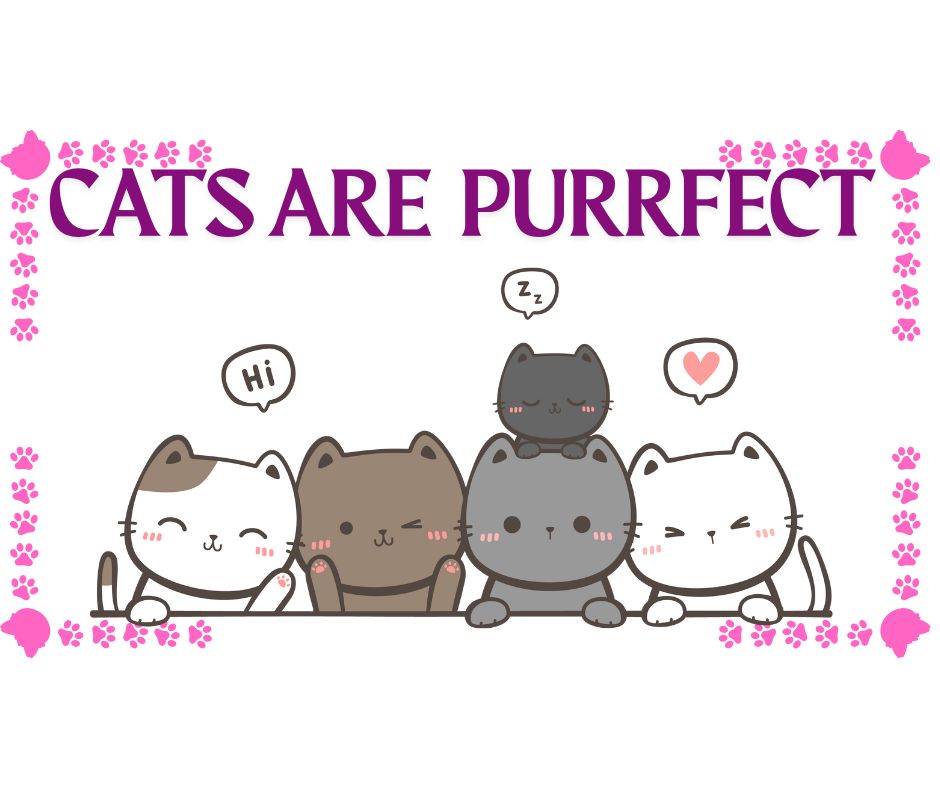Woodpeckers Prevent Human Concussions
May 3, 2021
Every few months, I wince at the announcement of another person suffering from a concussion, whether from a football game or biking accident. These dangerous injuries don’t just bench a player or burden a person for a few months: they increase the risk of future brain injuries. Many times, an injury is not fully healed before a person resumes normal activity.
Even worse, signs of concussions are oftentimes subtle and can be missed, so people may seem fine despite traumatic brain injury. Furthermore, illnesses like Chronic Traumatic Encephalopathy are common in repeatedly concussed athletes like boxers and football players, and are linked to increased risk of depression, violence, dementia, and even early onset of Alzheimer’s and Parkinson’s Disease.
 There is currently no equipment that can prevent concussions. While watching a video on different types of trees in environmental science class, I saw a woodpecker and realized we may be able to look to these creatures for a solution. After researching, I found out that the bird slams its head against trees more than 80 million times throughout its life without a single concussion.
There is currently no equipment that can prevent concussions. While watching a video on different types of trees in environmental science class, I saw a woodpecker and realized we may be able to look to these creatures for a solution. After researching, I found out that the bird slams its head against trees more than 80 million times throughout its life without a single concussion.
There are two main reasons for these birds’ incredible adaption: their small intracranial space and their spongy layer outside the beak. The space between the bird’s skull and brain is much smaller than ours and stops the brain from being slammed against the skull like our own is. This bird’s tongue contributes to the small space, compressing the jugular vein to limit blood from exiting the brain to fill the intracranial space and limit brain movement. This same mechanism was used to limit concussions in football players with the use of a collar that presses on the same jugular vein in our own bodies. This allows just an extra teaspoon-sized amount of blood to stay in the head, enough to drastically limit the number of concussions.

Looking to the world around us that has had 4 billion years to develop and correct itself may seem like the obvious solution, but it is often one overlooked. With a gel in the intracranial space, we can have both benefits of the woodpecker at a lower risk to our bodies.
1 – http://www.flightschoolphotography.com/POTN/o5.jpg
2 – https://news.psu.edu/story/377960/2015/10/29/research/testing-oculomotor-nerve-function-may-aid-concussion-diagnosis
3 – https://www.brockusa.com/woodpeckers-inspiring-new-concussion-prevention-technology/



